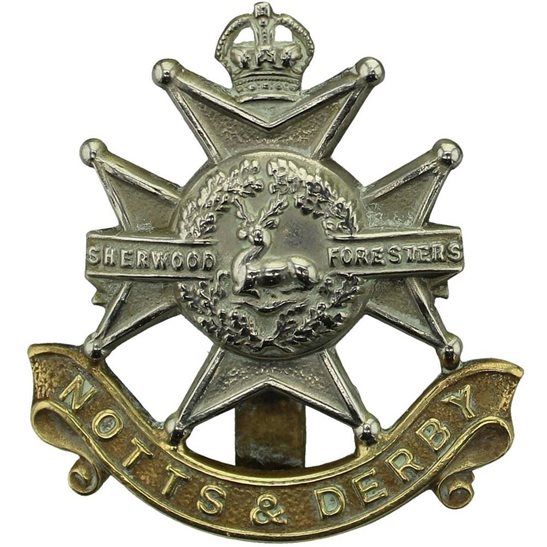Personal Details
Born: In 1897 in Bronington, Flintshire and baptised 28 March 1897 in Bronington Parish Church.
Family: He was the eighth of nine children born to Evan Edwards, the manager of a brickworks, and his wife Sarah. He married Dorothy Hewitt in 1924 in Whitchurch and together they had four children – James H, Denis G, Gwendoline M and Brian A.
Residence: At the time of his baptism and in 1901 James was living with his parents and siblings at Fenns Bank Brick and Tile Works, Fenns Bank, Flintshire. By 1911 his family and widowed mother had moved to 45 Claypit Street, Whitchurch, Shropshire. On his Pension Ledger an address of 20 Brownlow Street, Whitchurch was entered, this was the home of his mother, Sarah. In 1939 he was living at Dovedale, Crook Lane, Winsford, Chehsire; at the time of his death in 1948 his home was 28 Newfield Drive, Crewe, Cheshire.
Employment: In 1939 he was a newspaper reporter.
Died: 6 November 1948 in Crewe, Cheshire, aged 51, and buried in Whitchurch cemetery on 10 November the same year.
Military Details
Regiment: Notts and Derby (Sherwood Foresters) Regiment
Rank: Private
Service Number: 241556 (previously 4529)
Date of Enlistment: Not known
Date of Discharge: Not known
Reason for Discharge: Not known
Other Information: Three of James’ brothers, Alfred, John and Walter also served in WW1. Alfred died on 21 November 1918 in Ireland.
James was awarded the Campaign Medals (Victory and British War Medals)

The British War Medal (also known as 'Squeak') was a silver or bronze medal awarded to officers and men of the British and Imperial Forces who either entered a theatre of war or entered service overseas between 5th August 1914 and 11th November 1918 inclusive. This was later extended to services in Russia, Siberia and some other areas in 1919 and 1920. Approximately 6.5 million British War Medals were issued. Approximately 6.4 million of these were the silver versions of this medal. Around 110,000 of a bronze version were issued mainly to Chinese, Maltese and Indian Labour Corps. The front (obv or obverse) of the medal depicts the head of George V. The recipient's service number, rank, name and unit was impressed on the rim.
The Allied Victory Medal (also known as 'Wilfred') was issued by each of the allies. It was decided that each of the allies should each issue their own bronze victory medal with a similar design, similar equivalent wording and identical ribbon. The British medal was designed by W. McMillan. The front depicts a winged classical figure representing victory. Approximately 5.7 million victory medals were issued. Interestingly, eligibility for this medal was more restrictive and not everyone who received the British War Medal ('Squeak') also received the Victory Medal ('Wilfred'). However, in general, all recipients of 'Wilfred' also received 'Squeak' and all recipients of The 1914 Star or The 1914/1915 Star (also known as 'Pip') also received both 'Squeak' and 'Wilfred'. The recipient's service number, rank, name and unit was impressed on the rim.

